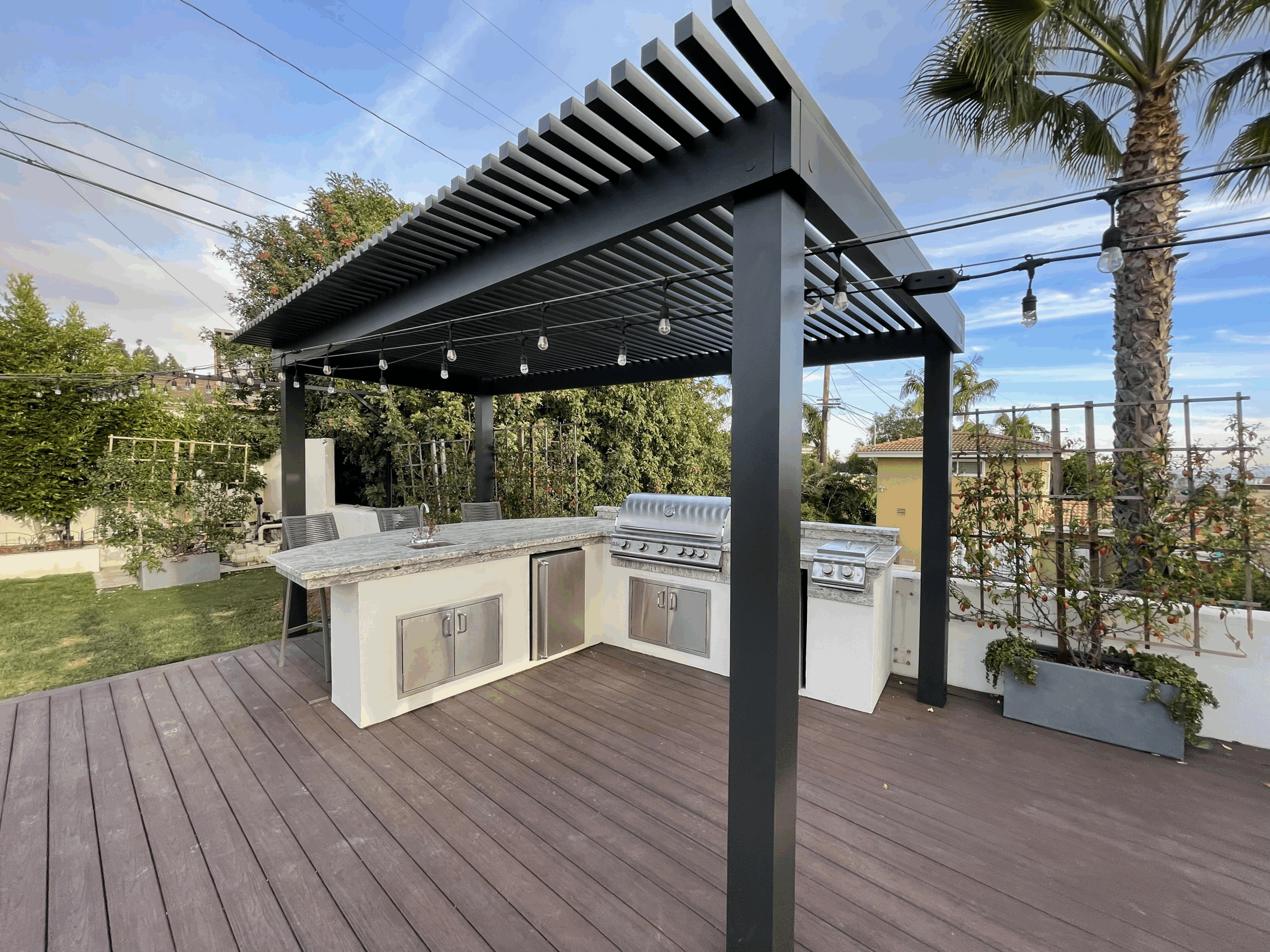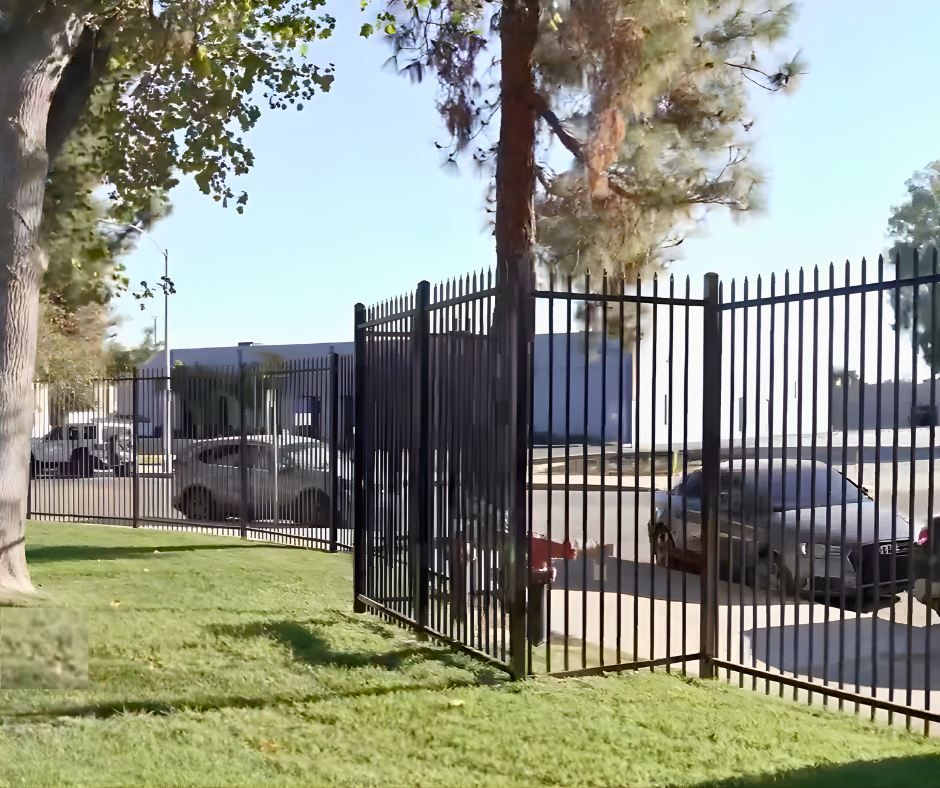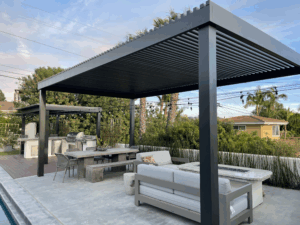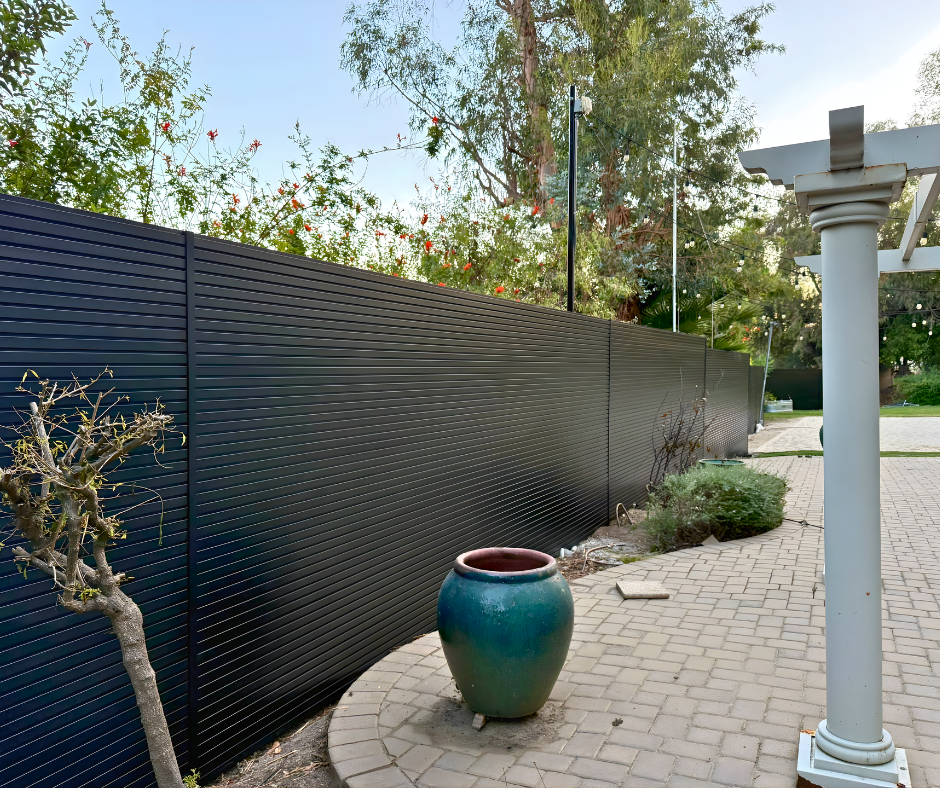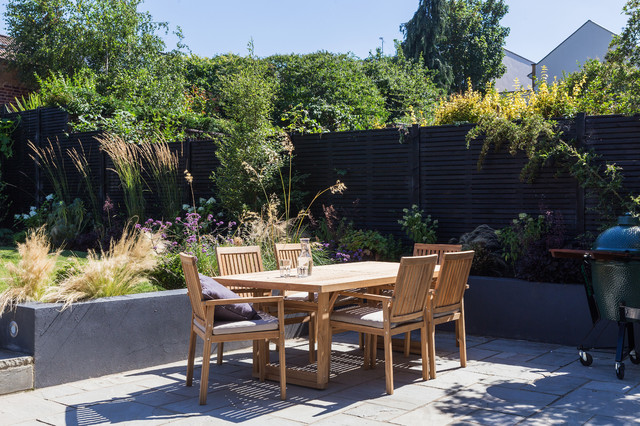
Choosing the perfect fence for your home
- By Admin
- Posted on
A fence isn’t just a boundary — it’s a statement about your home’s style, security, and personality. It defines the first impression guests have and provides privacy, safety, and aesthetic harmony to your outdoor space. Choosing the perfect fence is about balancing design, durability, and function. Whether you want to enhance curb appeal, protect your family, or create a private backyard retreat, the right fence can completely transform your property.
With so many materials, colors, and styles available — from timeless wood to modern aluminum — the decision can feel overwhelming. This guide will help you explore all the important factors: materials, cost, design trends, and smart installation choices. By the end, you’ll know exactly how to select a fence that complements your home and delivers lasting beauty and value.
Why the Right Fence Matters
Your fence plays multiple roles — it’s both functional and decorative. A well-designed fence enhances privacy, improves security, and boosts curb appeal. It frames your property like a picture frame highlights a painting, giving your home structure and definition. Beyond looks, it also affects your lifestyle: the right fence creates safe spaces for children and pets, keeps intruders out, and even reduces street noise in busy neighborhoods.
Homebuyers also notice fences. A well-installed, modern fence can increase property value and appeal, signaling that a home is well-maintained. With the growing popularity of low-maintenance and sustainable materials, many homeowners now view their fences as design elements — blending textures, colors, and finishes to complement architectural details. Whether you’re renovating or building new, investing in a high-quality fence is one of the smartest home improvements you can make.
Popular Fence Materials and Their Benefits
Aluminum Fences
Lightweight, rustproof, and extremely durable, aluminum fences are a favorite among modern homeowners. They offer sleek, clean lines perfect for contemporary properties. The powder-coated finish resists fading and requires no maintenance. Aluminum fences are ideal for coastal or humid regions where moisture damages other materials.
Vinyl Fences
Vinyl fences are the ultimate “set it and forget it” option. They never need painting or sealing, won’t rot, and stay bright for decades. Available in a wide range of colors and wood-grain textures, vinyl is perfect for both classic and modern homes. Its strength and flexibility also make it excellent for privacy panels or decorative front-yard designs.
Wood Fences
A timeless favorite, wood fences offer warmth and natural beauty that fits any style. Cedar and redwood provide resistance to insects and decay, while pine is a budget-friendly option. However, wood requires ongoing maintenance — staining, sealing, or painting every few years to prevent fading and warping.
Composite Fences
A mix of recycled wood and plastic, composite fencing combines the look of wood with the durability of vinyl. It’s eco-friendly, strong, and requires very little upkeep. Composite fences are great for homeowners who want a natural appearance without constant maintenance.
Wrought Iron Fences
Wrought iron fences are synonymous with elegance and luxury. They’re incredibly strong and customizable with ornamental details. Though beautiful, they require occasional painting to prevent rust. Wrought iron works best in upscale or traditional homes where classic charm is a priority.
How to Choose the Perfect Fence
Selecting the right fence means considering your goals, design preferences, and environment. Before you make your decision, think about your home’s needs and your long-term plans. For example, if you want privacy from neighbors, a tall vinyl or composite fence may be ideal. If you live near the beach, aluminum’s rust resistance will save you money and effort in the long run. If you love the charm of natural materials, wood or wood-look finishes might be your style.
Here’s a simple checklist to guide your decision:
Purpose: Is your main goal privacy, security, decoration, or property division?
Style: Choose a design that complements your home — horizontal slats for modern homes, picket styles for classic ones.
Climate: Select materials suited to your weather (vinyl and aluminum for moisture, composite for sun).
Local Codes: Always confirm your HOA and city regulations before installation.
Budget: Consider both the upfront cost and long-term maintenance savings.
This process ensures your fence not only looks great but performs beautifully for decades.
Fence Design Trends for Modern Homes
Modern fencing goes beyond simple boundaries — it’s now an architectural feature. One of the biggest trends is minimalism: homeowners are choosing clean, horizontal lines that blend into landscaping rather than stand out. Matte black aluminum and dark composite slats have become popular for their bold yet elegant appearance.
Mixed materials are another rising trend. Combining aluminum frames with wood or composite inserts creates a custom, designer look that balances warmth and strength. Smart fence features are also on the rise — integrated LED lighting, motorized gates, and privacy screens that double as sound barriers.
Color trends lean toward natural, earthy tones such as charcoal, bronze, and driftwood, replacing the once-standard white picket look. Whether your home is coastal, urban, or rural, a thoughtfully chosen fence can express your personality and complement your exterior design perfectly.
Cost and Maintenance Considerations
Fence costs vary depending on material, size, and complexity. Wood is generally the least expensive to install but the most costly to maintain over time. Vinyl and aluminum may cost more upfront but save hundreds in repainting and repair costs. Composite sits in the middle — slightly pricier than wood but with decades of performance and minimal upkeep.
Maintenance is equally important to factor in. Wood requires staining or sealing every few years, while vinyl and aluminum only need occasional cleaning with soap and water. If you’re looking for a long-term investment that doesn’t demand weekend work, low-maintenance options like vinyl or aluminum are ideal. Always weigh the initial cost against how much time and money you’ll spend maintaining your fence later — longevity often provides the best overall value.
Eco-Friendly Fencing Choices
Sustainability is shaping the future of fencing. Many homeowners now choose materials that last longer, reduce waste, and minimize environmental impact. Vinyl and aluminum are both eco-friendly because they can be recycled and don’t require toxic treatments. Composite fencing takes it a step further by using reclaimed wood fibers and plastics to create a strong, green alternative to traditional lumber.
A durable fence is an eco-friendly fence. The longer it lasts, the fewer replacements or repairs you’ll need — saving natural resources and reducing landfill waste. Even finishes matter: powder-coated aluminum, for example, is applied with minimal emissions and zero solvents. By choosing sustainable materials, you can enjoy beauty, performance, and peace of mind knowing your fence supports a greener planet.
Common Mistakes to Avoid
Homeowners often make a few avoidable errors when choosing or installing a fence. The most common mistake is ignoring local regulations. Many neighborhoods have strict rules on fence height, color, and placement. Another common issue is prioritizing price over quality — cheap panels often crack, warp, or fade within a few years. Overlooking maintenance is also a pitfall; even durable materials like vinyl and aluminum need occasional cleaning to stay pristine.
Some homeowners forget to account for their property’s slope or landscaping, leading to uneven installation. Finally, skipping professional help for complex projects can cause long-term alignment and structural problems. Avoid these mistakes by planning ahead, investing in quality materials, and consulting fencing professionals when needed.
FAQs
What is the best type of fence for homeowners?
It depends on your goals. Vinyl and aluminum are best for low-maintenance, long-lasting performance, while wood and composite offer a natural look.
How tall should my fence be?
For privacy, go for 6–8 feet. For front-yard decoration, 3–4 feet works well.
What fence adds the most value to a home?
Modern vinyl, aluminum, or composite fences with decorative finishes provide the best balance of style and durability.
Can I mix materials for a custom look?
Yes. Combining aluminum frames with wood or composite panels is a growing trend that adds texture and character.
How often should I maintain my fence?
Vinyl and aluminum need only light washing once or twice a year, while wood requires more frequent sealing and care.


